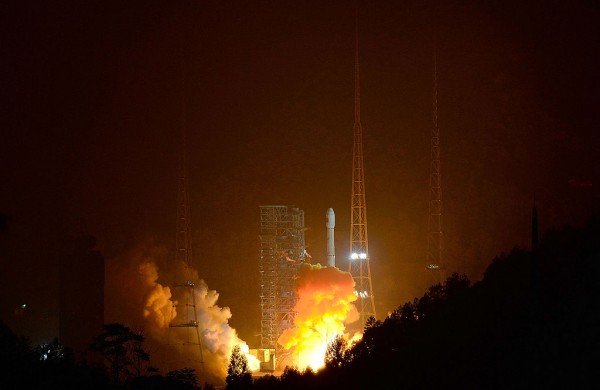Experiments from SJ-10, a Chinese recoverable satellite, revealed that early stage mammal embryos can develop in outer space, according to an article by China Daily.
SJ-10 was first launched into space on April 6 of this year. Its return capsule is expected to stay in orbit for a few more days before returning to Earth. Meanwhile, SJ-10's orbital module was dispatched to conduct experiments.
Based on high-resolution photographs sent by the microgravity satellite, mouse embryos were able to develop successfully within a 96-hour period.
"The human race may still have a long way to go before we can colonize space but, before that, we have to figure out whether it is possible for us to survive and reproduce in outer space like we do on Earth," said Duan Enkui, a professor from the Institute of Zoology, which if affiliated with the Chinese Academy of Sciences.
"Now, we have finally proven that the most crucial step in our reproduction--early embryo development--is possible in outer space," added Duan, who also serves as the principal researcher of the experiment.
In embryos, development begins with a single fertilized cell, which divides into more cells until a blastocyst is formed. This blastocyst, in turn, will be implanted into a womb.
The first experiments to test embryonic development in space were carried out by NASA's STS-80 Spacecraft back in 1996. It was a failure, however, as all of the 49 mouse embryos didn't develop.
"Since space experiments are expensive, no one attempted to develop embryos again in the decade following NASA's failure," said Duan in an interview with China Daily.
"Our team analyzed the initial results and improved the experimental apparatus during the following 10 years but we still did not expect such a big success."
SJ-10 carried with it to space over 6,000 mouse embryos enclosed in a self-sufficient chamber the size of a microwave oven. The craft's camera regularly took photographs of the embryos every 4 hours and transmitted the images to Earth.
"This represents an important milestone in human space exploration," said Aaron Hsueh, a professor from Stanford University who specializes in reproductive biology. "One small step for mouse embryos, one giant leap for human reproduction."


